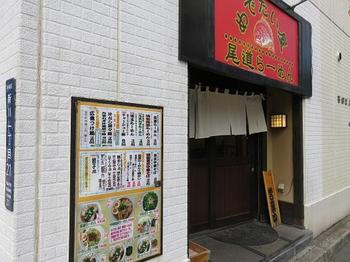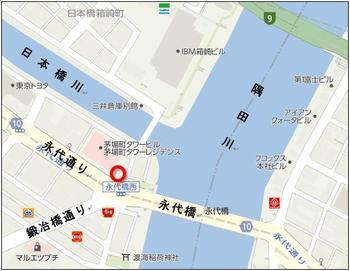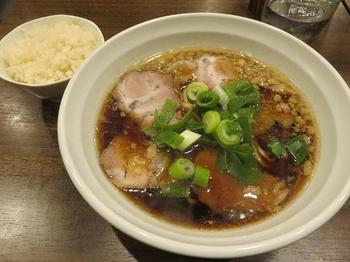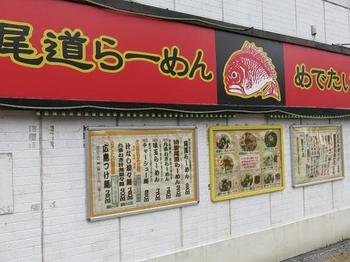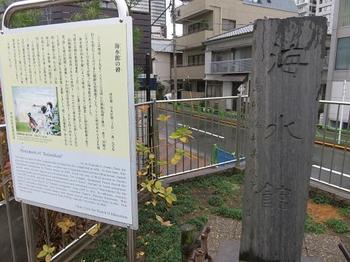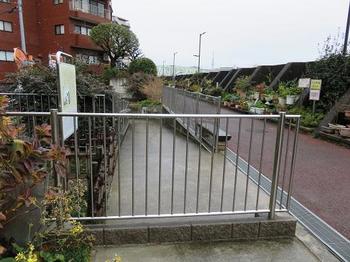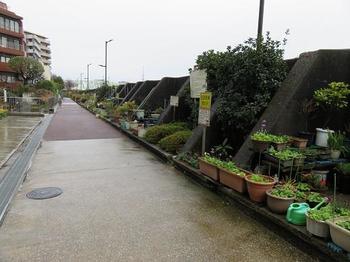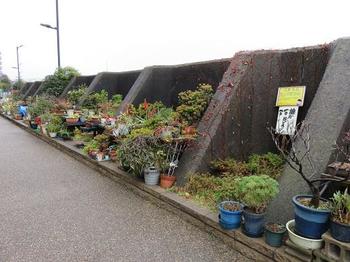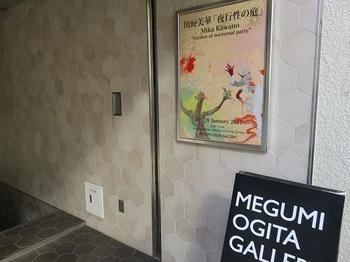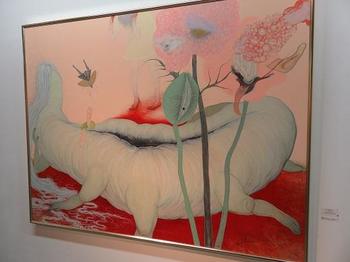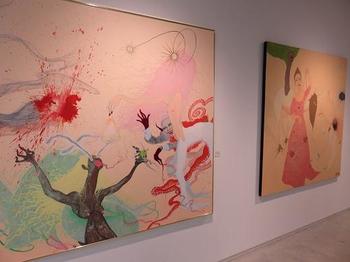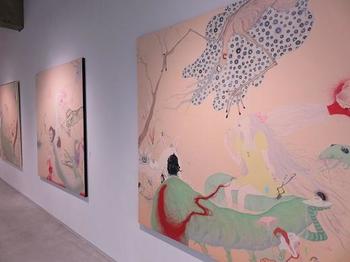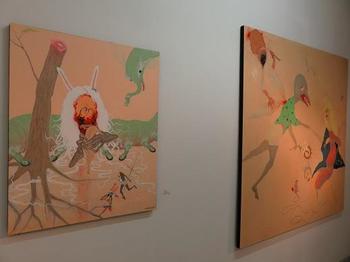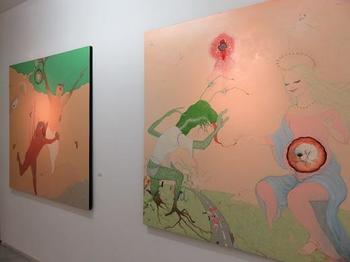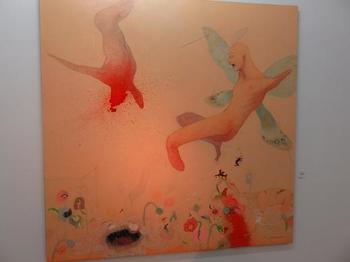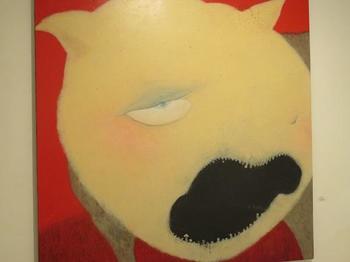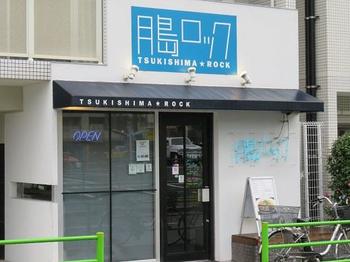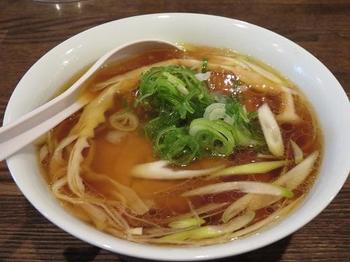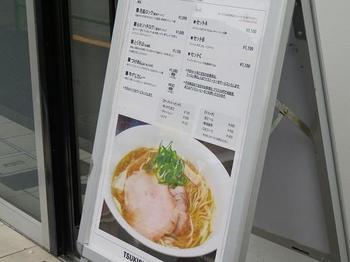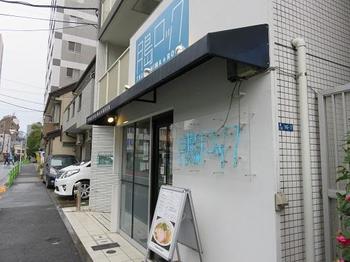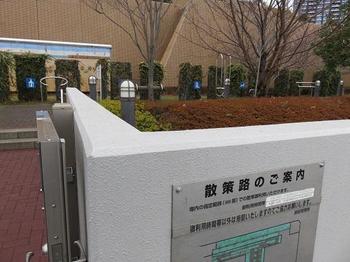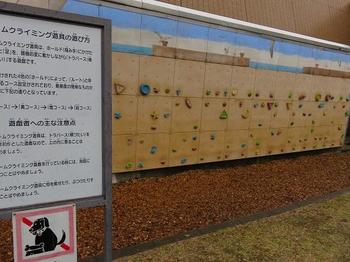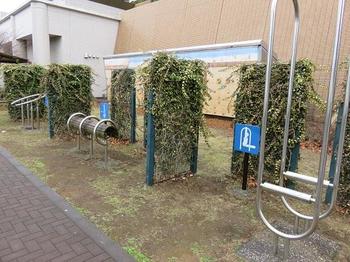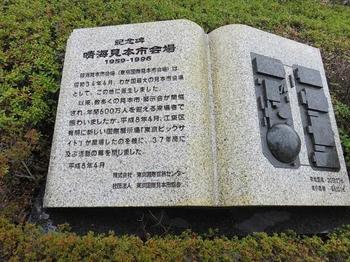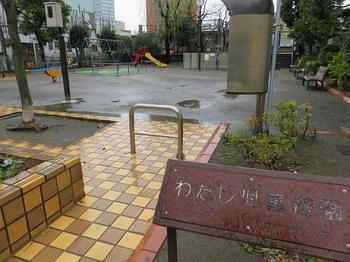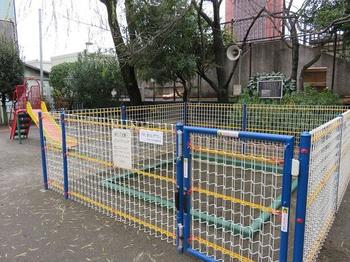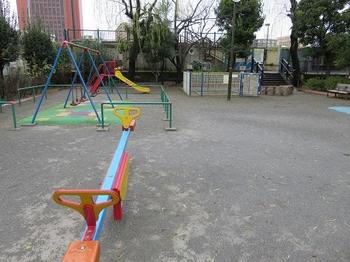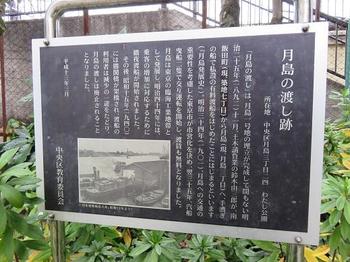The ITOKI Tokyo Showroom is located in the east-filled building  at the intersection of Irifunebashi, just up from Shintomicho Station on the subway Yurakucho Line, and inside the planting beside the entrance of the showroom, there is a monument to the birthplace of the shoe industry. It's the red on the map below.
at the intersection of Irifunebashi, just up from Shintomicho Station on the subway Yurakucho Line, and inside the planting beside the entrance of the showroom, there is a monument to the birthplace of the shoe industry. It's the red on the map below.
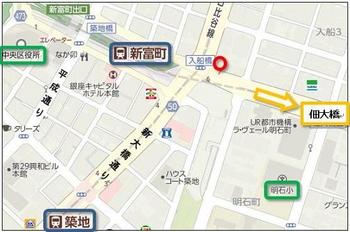
According to the inscription, on March 15, 1870 (1870), Katsuzo Nishimura founded the Ise Katsu / Soshokujo in the former Tsukiji Irifunecho 5-1. Katsuzo grew up in the culture of the opening of the Sakura clan, and with the recommendation of Daisuke Hyobu Masujiro Omura at the time and the support of Masanori Hottafeudal lord and Eiichi Shibusawa, he founded and succeeded in the shoe industry.
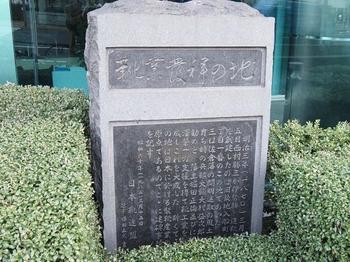
The reason why this area became the starting point of the shoe industry in Japan was that the Akashicho area in Tsukiji was designated as a foreign settlement in the early Meiji era, and many foreigners lived and demand for shoes increased. It seems to be due to the fact that



Currently, March 15 is "Shoes Anniversary" in connection with the day when this shoe factory started its business.
[About the anniversary of shoes]
(Omitted) On March 15, 1870, Katsuzo Nishimura clansman in Sakura, Chiba Prefecture, was recommended by Masujiro Omura and founded the first Western-style shoe factory in Japan in Irifunecho, Tsukiji. This day is the "Shoes Memorial Day". (Omitted)
(From the website of the Japan Federation of Shoes Wholesale Associations)



In addition, Nishimura, along with Tsukiji's factory, opened a shoe factory called Sojisha in Sakura (currently Sakura City, Chiba Prefecture), and manufactured shoes using Sakura clansman as a trainee. Shoe Otsuka, who was one of the trainees, broke up in the 1930s.
Otsuka Shoe Co., Ltd.’s website “History of Auttsuka” shows the company’s website.
"In 1871 (Meiji 4), Sakura feudal lord Otsuka Dannojo runs a shoe retailer in Benten-dori, Yokohama.
1872 (Meiji 5) Dainojo's child, Jiro Iwa, founded Otsuka Shoten in Rotsukicho, Shimbashi, Tokyo on February 4. Start manufacturing and selling leather shoes by hand-sewn. "It is stated.

On the other hand, Ise Katsu Soshokujo was renamed Sakuragumi Shoes in 1884 from "Sakura" and became Nippon Shoe Co., Ltd. (currently Legal Corporation) in 1902.
The history of the company on the website of Legal Corporation, Inc.
"In January 1902 (Meiji 35), Nippon Shoe Co., Ltd. was established in Yariyamachi, Kyobashi-ku, Tokyo (currently Ginza, Chuo-ku, Tokyo) for the purpose of manufacturing and selling various shoes."
 The photo above shows the REGAL SHOES Yaesu store (man's shoe specialty store) and the first single store.
The photo above shows the REGAL SHOES Yaesu store (man's shoe specialty store) and the first single store.
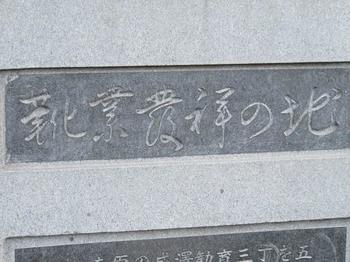
By the way, it was "Masahisa Hotta" who wrote the title "The birthplace of the shoe industry", and when I examined it, this person was a grandson of Masanori Hotta, Sakura feudal lord, after being elected Mayor Sakura in 1959, he contributed to the development of Sakura City for four periods until 1975.
It seems that he was called "Mayor of the Lord" together with Naoi Ii () Mayor of Hikone, Shiga Prefecture.
Mayor of Hikone, Shiga Prefecture.
Click here for the website of Otsuka Shoe Co., Ltd. ⇒
http://www.otsuka-shoe.com/
Click here for the website of Legal Corporation. ⇒
http://www.regal.co.jp/shoes/






![]() shop "Medetaiya" on the north side
shop "Medetaiya" on the north side ![]() of the "Eitai Bridge West" intersection (map below, red).
of the "Eitai Bridge West" intersection (map below, red).![]()
![]()
![]()
![]()
![]()
![]()
![]()
![]()
![]()
![]() with the arrival of cold waves, this Onomichi Ramen
with the arrival of cold waves, this Onomichi Ramen ![]() was the best.
was the best.![]()
![]()
![]()
![]()
![]()
![]()
![]()
